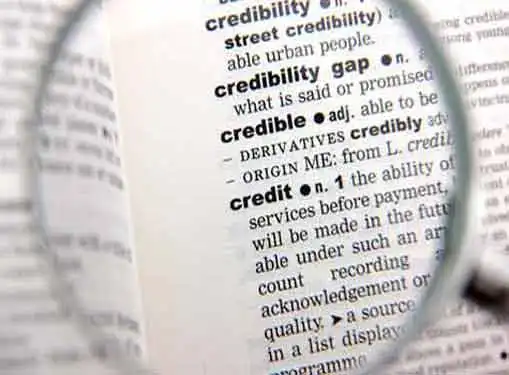Accounting for Entrepreneurs
Accounting Terminology for Entrepreneurs: B, C
Written by Bobby Jan for Gaebler Ventures
This article, as part of the Accounting Terminology for Entrepreneurs series, introduces some key accounting terminologies that begin with B and C.
Although you don't need to be an accountant to run a successful business, you must at least familiarize yourself with the basics.

Here, we cover accounting terms that start with the letters B and C.
Book value
Book value is also referred to as "carrying value". The book value of a company is the value of the company as stated in balance sheet. This value is derived from subtracting the company's liabilities from its assets, which gives you a value that is the same as owner's equity.
Contingent Liabilities
Contingent liabilities are possible liabilities that are dependent on future events. The amount of liability the business is subject to, if any, is uncertain. Examples include possible or pending law suits, tax claims, liabilities under guarantees or warranties, etc.
Contingent liabilities are recorded in financial statements only if the liability is both probable and the amount could be estimated. The amounts of contingent liabilities shown in the balance sheet usually reflect the best estimate for the amount the company will pay in the future. Usually, contingent liability entries are accompanied footnotes for further explanation.
Cost of Goods Sold
Also referred to as "cost of sales" or "COGS", cost of goods sold is a category of expense that could be found as a subtotal in the income statement. Cost of goods sold includes all the costs of direct inputs that go into the production of the goods sold by the company. Examples of direct inputs are labor used in the production of the goods, material used in the production of the goods, subcontract services, etc. Indirect costs are excluded. Examples of indirect costs are overhead costs, distribution cost, marketing expenses, etc.
Current Assets
Assets are generally classified as either current assets or long-term assets. Entries for current assets could be found in the balance sheet. Assets that are expected to be use up in the near future (which is usually defined as within one year or within one business cycle, whichever is longer) fall under the category of current assets.
Assets that could be quickly converted into cash also fall under this category. Examples of current assets are accounts receivable, cash, cash equivalents (money market holdings, liquid securities, etc.), inventory, etc. The more current assets a business have the more liquid the business is.
Current Liabilities
Current liabilities, found in the balance sheet, are liabilities that are determined to be payable within one year. Current liabilities include accounts payable, short-term debt, accrued liabilities, etc. In general, companies draw from current assets to pay off current liabilities. When current liabilities exceed current assets, the company is considered to be in bad financial health.
Cheng Ming (Bobby) Jan is an Economics major at the University of Chicago who has a strong interest in entrepreneurship and investing.
Share this article
Additional Resources for Entrepreneurs

Conversation Board
Have something to say about accounting? Please feel free to comment on this article.